Understanding Mini PCs: Are They Worth the Investment?


If you’re on the lookout for a new computing device, the plethora of choices can be daunting. Before diving headfirst into purchasing another laptop, consider if a mini PC might better fit your requirements. Whether for remote work, casual computing, or just day-to-day tasks, these compact computers can be just the solution many users need.
Understanding Mini PCs
Mini PCs are essentially compact versions of desktop computers, showcasing various designs and offering distinct pros and cons.
These small, box-like devices come with numerous connectivity options but are unlike laptops as they do not include accessories such as monitors, keyboards, or mice. This makes them an ideal choice for individuals who already own these peripherals.
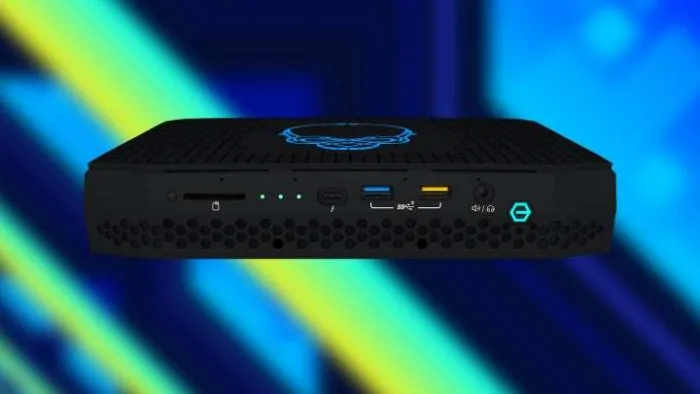
A key distinction between mini PCs and traditional desktop computers is their upgrade capabilities. Due to their compact layout, many mini PCs may have limited options for upgrades. Components like RAM and storage may be soldered to the mainboard, restricting replacements.
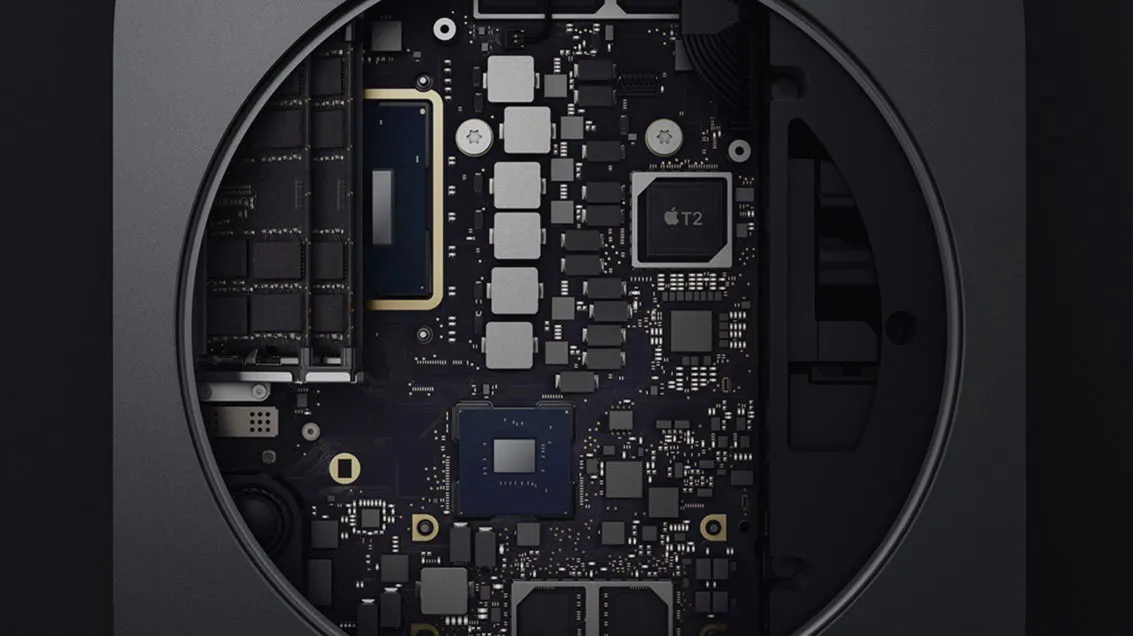
While the compact size of mini PCs—similar to a couple of stacked smartphones—implies limited performance, many can effectively handle essential functions such as email. Assessing your intended tasks is crucial when deciding between a full-sized computer and a mini variant.
It’s worth noting that mini PCs are manufactured by well-recognized companies, providing the same warranties and support as their larger counterparts.
Applications of Mini PCs
Mini PCs have significantly progressed and are now capable of supporting a wide range of functions beyond basic computing.
For home users, mini PCs serve excellently as media centers and entertainment hubs. When connected to a television, they can effortlessly stream 4K content from services like Netflix, YouTube, and others. Some models even deliver enough power for casual gaming, enabling users to play Steam titles or emulate older gaming consoles in their family rooms.
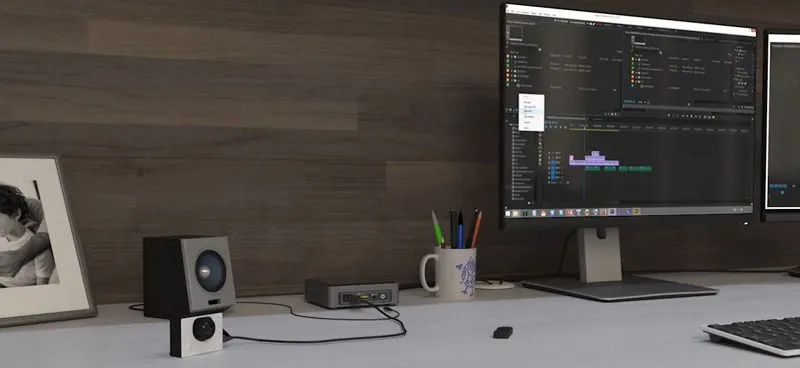
The ability of mini PCs to run office applications, video conferencing tools, and various job-specific software smoothly makes them increasingly popular for home offices and remote working environments. Their small footprint is particularly beneficial for those with limited desk space.
Businesses are also leveraging mini PCs for multiple purposes. They are often utilized to drive digital signage and kiosks in retail settings. In office spaces, they act as thin clients for virtual desktop systems or compact workstations for basic office tasks. Their energy efficiency and compact size make them excellent choices for installations where both space and energy consumption are critical considerations.
Mini PCs can also function effectively as home servers or network-attached storage (NAS) devices. Tech-savvy users often configure them for personal cloud storage solutions, operate media servers like Plex, and even create individual VPN servers. Moreover, they can be transformed into routers or used for network-wide ad blocking via software like Pi-hole or AdGuard, and even manage home automation systems.
Personally, I utilize a mini PC as a cost-effective device for my children. It’s equipped with Endless OS, a Linux distribution filled with educational tools and games. Its compact form allows me to conveniently place it in our living room, surprising my kids as they engage with it.
Overall, mini PCs represent some of the most adaptable computing devices available, though not all are created equal. Selecting the right one according to your requirements is essential.
Advantages of Choosing a Mini PC
Mini PCs are comparable to laptops but without built-in displays, and their appeal reflects this similarity.
The primary advantage of opting for a mini PC over a traditional desktop is the substantial desk space savings. You can discover models housing powerful processors, generous RAM, and even dedicated graphics capabilities, all within a package smaller than a standard book.
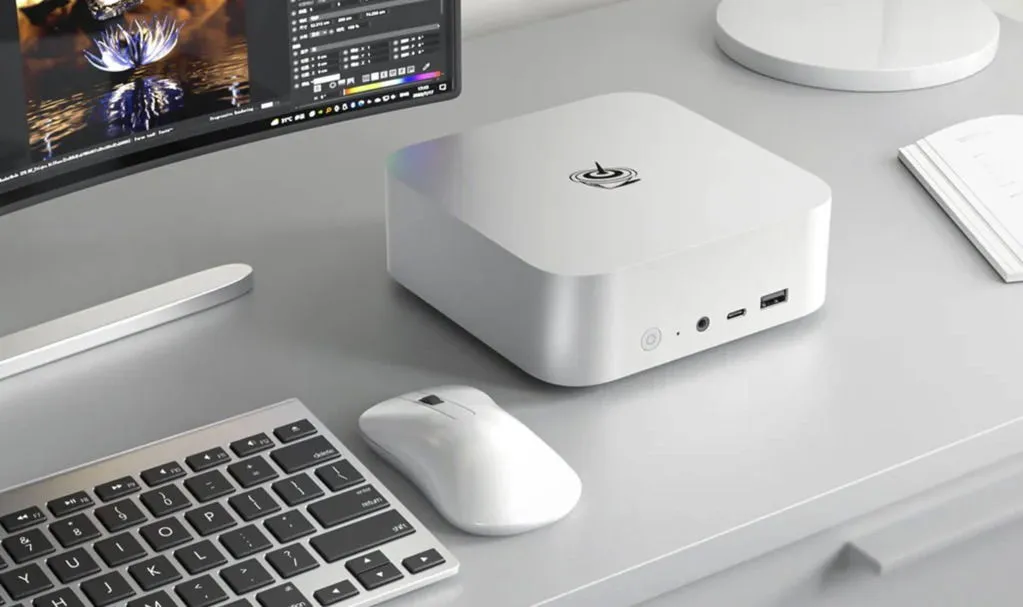
Energy efficiency is another compelling reason to consider mini PCs. Because they predominantly use laptop components, they consume minimal power. This leads to cost savings on your electricity bills and a lower carbon footprint. Additionally, greater energy efficiency often results in quieter operation, since reduced heat output minimizes the need for noisy cooling systems; in some cases, only heatsinks are enough.
Affordability is yet another attractive aspect of mini PCs. You’re getting the essential components of a laptop without the added cost of peripherals that you may already have or prefer to select independently.
Mini PCs are remarkably versatile, with their compact design and low energy consumption making them suitable for a variety of tasks, many of which extend beyond traditional computing functions.
Selecting the Right Mini PC
Choosing the perfect mini PC can seem like a complex task, but here’s a step-by-step guide to make it easier.
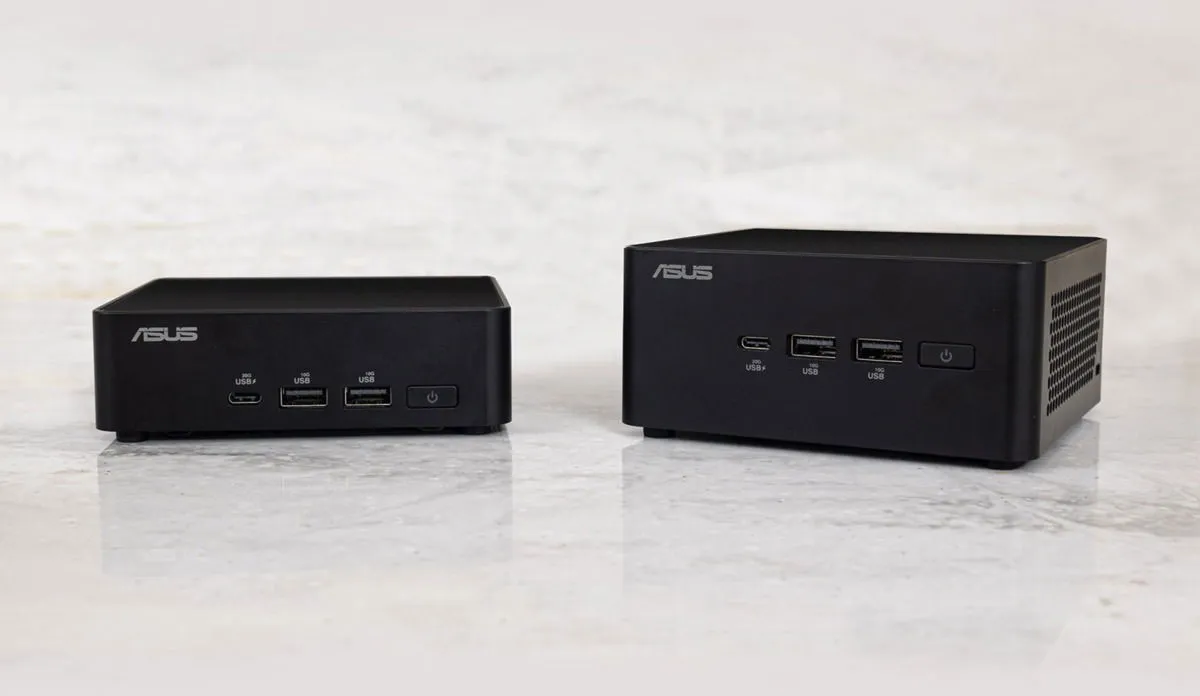
- Begin your selection with the processor type: decide between an x86 architecture (Intel or AMD) or ARM. Most mini PCs utilize x86 processors compatible with standard Windows and Linux systems. If you’re considering an Apple Mac Mini, it will have an ARM processor.
- Next, evaluate RAM capacity. If you’re replacing a laptop or desktop, aim for 16 GB. For roles such as home servers or media centers, 8 GB will usually suffice. Also, consider your storage needs and whether upgrading later will be necessary.
- Shift your focus to the CPU and graphics card. For simple tasks, a lower-tier CPU may suffice. However, investing in a faster CPU benefits multitasking. Most mini PCs come with integrated graphics that handle everyday functions and light gaming; better GPUs enable hardware transcoding, beneficial for media-centric setups and servers.
- Check for a variety of ports to ensure connectivity with your devices. Key ports include USB (opt for USB 3.0 or newer for faster performance), HDMI or DisplayPort for video output, and Ethernet for a wired internet connection. Many mini PCs also come with USB-C ports for added versatility. Ensure built-in wireless features like Wi-Fi (preferably Wi-Fi 6 for longevity) and Bluetooth for wireless accessories.
- Consider your budget; mini PCs range widely in price from under $200 to models over $1000. Determine your budget based on your needs and seek the best options within that limit. Remember to include potential costs for peripherals like monitors, keyboards, and mice.
With these points in mind, you’ll be well-prepared to choose a mini PC that suits your needs, be it for a compact workspace, an entertainment center, or another creative purpose.
While mini PCs provide an impressive balance of performance, size, and adaptability for numerous users, there’s also the option to consider single-board computers like the popular Raspberry Pi. Although I don’t recommend using a Raspberry Pi as a substitute for general computing, it’s a completely different matter for DIY projects. For those interested, exploring not just the Raspberry Pi but also other alternatives is strongly encouraged.
Image credit: Unsplash


Leave a Reply